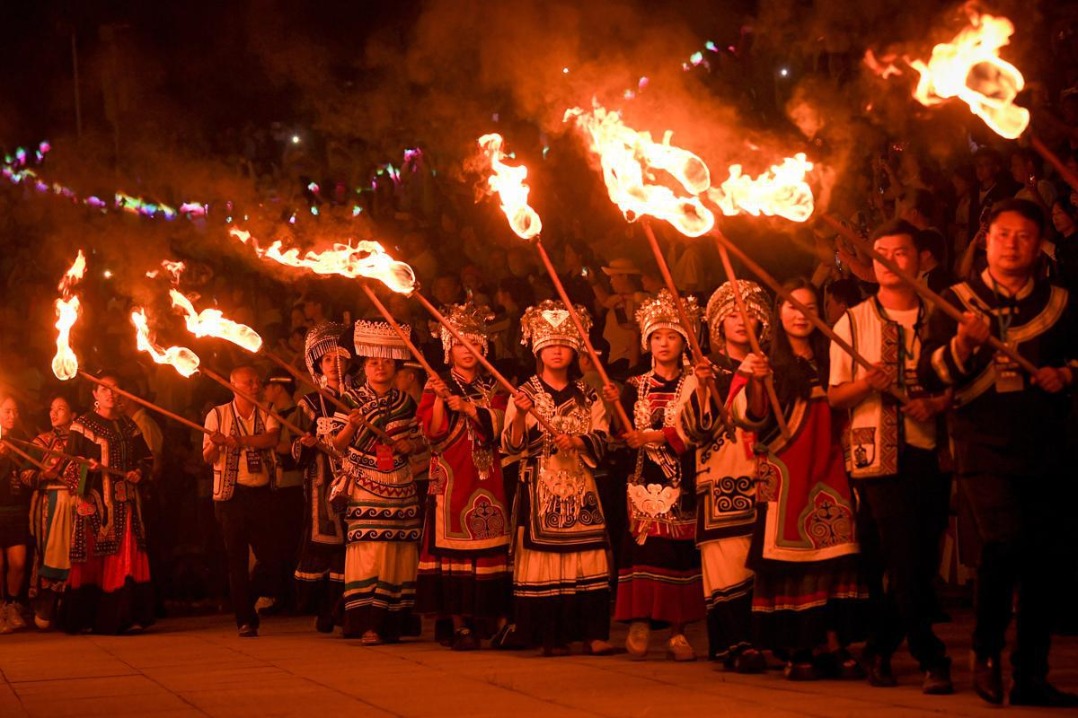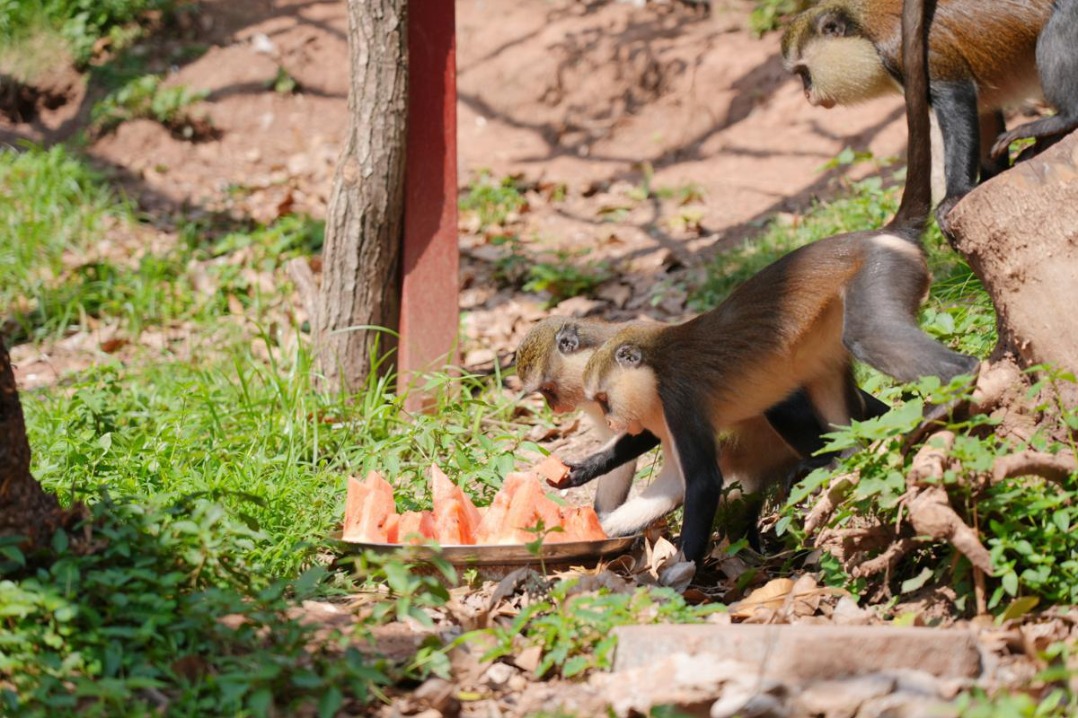Across China: Significant ancient scorpion fossil discovered in NE China

BEIJING -- Researchers have found an ancient scorpion fossil dating back approximately 125 million years in Northeast China's Liaoning province, which is the first Mesozoic scorpion fossil discovered in the country.
The discovery, made by researchers from the Nanjing Institute of Geology and Palaeontology under the Chinese Academy of Sciences, fills a significant gap in China's research endeavors in this field.
The fossil, named Jeholia longchengi after its discovery site in the Jehol Biota of Longcheng district in the city of Chaoyang in Liaoning province, belongs to a renowned fossil assemblage from the Early Cretaceous period.
The Jehol Biota is celebrated for its exceptionally preserved fossils, including feathered dinosaurs, early birds and plant fossils, and is regarded as "one of the most important paleontological discoveries of the 20th century."
Morphologically, the scorpion is relatively large, measuring up to 10 centimeters in length -- surpassing other known Mesozoic scorpion fossils. It features slender pedipalps, long legs, a pentagonal sternite and an elongated venomous stinger.
Further research indicates that this scorpion had played a significant role in the ecosystem of its time, likely serving as a mesopredator in the food chain by preying on insects and spiders.
"If placed in today's environment, it might become a natural predator of many small animals, and could even hunt the young of small vertebrates," said Huang Diying, a researcher at the institute, adding that it may also have served as prey for larger animals, such as early birds, mammals and even dinosaurs.
Preliminary reconstruction of the Jehol Biota's food web suggests that the scorpion engaged in complex ecological interactions with multiple species in the terrestrial ecosystem of its time -- providing new insights into the complexity of the Jehol Biota's food web.
"Scorpion fossils are not as common as people might think," Huang noted. Before the discovery of Jeholia longchengi, only three scorpion fossils had been found in China, namely in East China's Shandong, Hubei in Central China and Inner Mongolia in the north of the country.
The discovery in Liaoning enriches China's record of scorpion fossils and offers scientists a deeper understanding of Mesozoic biodiversity, as well as the opportunity to reconstruct the ecosystem of that era.
The scorpion fossil is now housed at the Fossil Valley Museum in Chaoyang, while the study has been published in the journal Science Bulletin.
- 6 drown in incident at North China mining plant
- SCO unites on green growth, cultural bonds
- China plans to venture farther into deep space
- SCO delegates gather in Tianjin for the 2025 Inter-Civilizational Dialogue
- China charts low-carbon path for energy sector
- Crew of Shenzhou XIX mission awarded for service





































